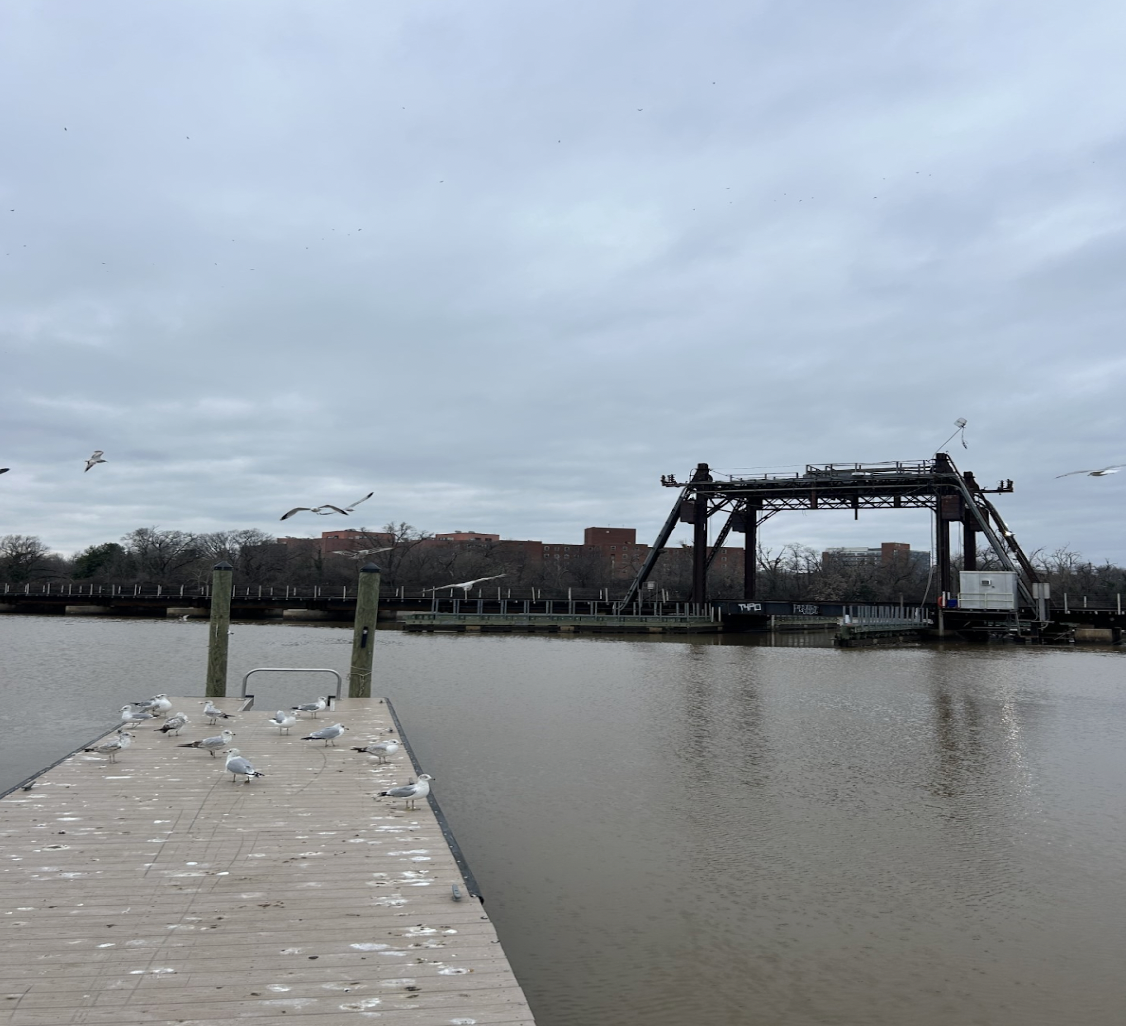Going Home To Florida, Underwater
Going home isn’t supposed to scare you.
But with surging projections for sea level rise over the next century, heading to South Florida is like watching the beginning of a disaster movie. You know things are about to get messy.
Losing It All
Cory Weinberg’s South Florida home isn’t going to be there for his grandchildren to see.
Neither will his favorite deli in his hometown, the first diamond he played baseball on or the beaches where he learned to swim.
That’s because over the next century, melting ice caps will force sea levels across the globe to rise. And the South Florida, where Cory grew up, is one of the most threatened areas in all of America.
When he found out scientists are conservatively expecting South Florida’s shores to rise up to six feet by the end of the century, Cory decided to take a trip back to his hometown to get the full story.
We traveled across South Florida, from West Palm Beach to Jupiter to Boca Raton to Ft. Lauderdale, and found the experts in the field to tell Cory what was going on.
They didn’t ease his fears.
In fact, they made his worse. By two to three feet, South Florida will start to lose it all. Roads will be gone. Homes will be under water.
One of the most alarming facts was that not only does sea level rise make storm surges and flooding from hurricanes more intense, but it also contaminates South Florida’s drinking water – and the changes are already starting.
Even worse, the destruction will disproportionately impact low-income Floridians. Unlike the owners of mulit-million dollar apartments sitting along the coast, it’s the poor that will have a hard time moving once the floods roll in.
– Chloe Sorvino
The National Oceanic and Atmospheric Administration and U.S. Army Corps of Engineers expect seas to rise between 1.5 to 3 feet over the next 50 years, and possibly up to 5 feet by the end of the century. That would mean more than a million homes under water, a ruined coastline and endangered drinking water.
But I want to change this disaster movie’s ending.
I went home to investigate sea level rise because I want to shake people to action. South Florida citizens need to take the issue into account when moving properties. Politicians and city planners need to put public funds into adaptation and awareness plans. We all need to help by cutting our carbon footprint, as expanding seas due to global warming is causing the tides to rise faster.
City governments are doing some work, I found. Cities like West Palm Beach are doing some work to change building codes to account for sea level rise. But it’s not enough, especially if major hurricanes hit over the next few years. The preparation efforts need to expand to the state and federal level.
This is a human issue. South Florida is not just home to to real estate moguls and retirees, but low-income residents and immigrants. The awareness and preparation efforts are especially absent in their lives, even though their low-lying houses in Fort Lauderdale and Miami Dade County are most vulnerable.
And this is an issue of saving our homes — not just physical property, but our majestic beaches and breathtaking landscape. Right now, it’s prime target for a disaster movie shoot.
Wonder if your city is at risk? This study from Rolling Stone has the answers.
Wonder what you can do? Get educated on the issue at the Florida Oceans and Coastal Council.
Cory Weinberg is a senior majoring in Economics at The George Washington University. Chloe Sorvino is a senior majoring in Journalism and Mass Communication at The George Washington University.






















